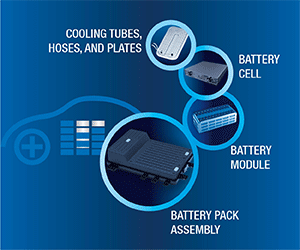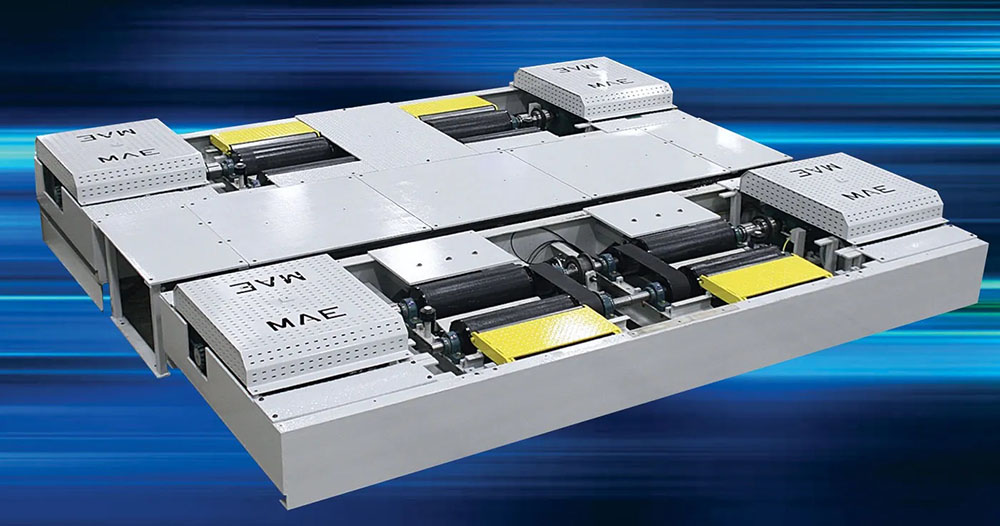[ad_1]
The development of local battery supply chains is a high priority in both North America and Europe, but as an infographic from Benchmark Mineral Intelligence demonstrates, removing China from the equation will be a difficult task, as the country currently dominates the processing of battery minerals.
Most of the world’s lithium, nickel, cobalt, and manganese is mined outside of China, but the majority of all critical battery minerals are refined and/or processed in the country. With the exception of mining, China controls at least half of the supply for every step needed to make a lithium-ion battery, Benchmark tells us.
North America and Europe want to develop local battery supply chains, but this chart highlights the scale of the challenge – especially in the processing of battery minerals. pic.twitter.com/kJzDs7zx5F
— Benchmark Mineral Intelligence (@benchmarkmin) October 6, 2022
For example, most lithium is mined as spodumene in Australia or extracted from brine pools in Chile and Argentina, but it is typically shipped to China for conversion to lithium carbonate or lithium hydroxide. Only 13% of the world’s lithium is mined in China, but almost 60% of lithium refining takes place there.
Only 1% of the world’s cobalt is mined in China—the vast majority comes from the Democratic Republic of Congo. However, 75% of the stuff is processed by China. Furthermore, much of it comes from Chinese-owned mines in the DRC.
China mines less than 10% of the global supply of manganese, but it refines 95% of it.
When it comes to graphite, China dominates—not only does it mine 64% of natural flake graphite, it has a monopoly on converting it into the spherical graphite needed for anodes, according to Benchmark. Over two thirds of the supply of synthetic graphite, which is produced from petroleum coke, is produced in China.
China also dominates the next links in the supply chain—Benchmark forecasts that, in 2022, 70% of all batteries will be made in China, which has a near monopoly on anode production and over three quarters of cathode production.
How did China become so dominant? “Continuous R&D and technology innovation, fast construction speed of infrastructure and factories, as well as labor advantages, have helped to form a complete chain from mining and chemical all the way to EV-making,” said Benchmark Analyst Albert Li.
Generous incentives for “new energy vehicles” all along the supply chain helped build the industry. Benchmark explains that China’s road to battery dominance began in 2015, when it made foreign battery producers ineligible for subsidies, effectively shutting them out of the market. This included South Korean and Japanese companies such as LG and Panasonic, which had factories in China.
The exclusionary policy ended in 2019, but “its influence can still be felt today,” says Li. “China took advantage of the prime and important years from 2015 to 2019 with the help of the White List [of domestic battery producers]. China started to nurture its own battery supply chain, and later formed a strong fleet of domestic cell producers, and all the other battery-related industries which were all growing strong together.”
Source: Benchmark Mineral Intelligence
[ad_2]
Source link





